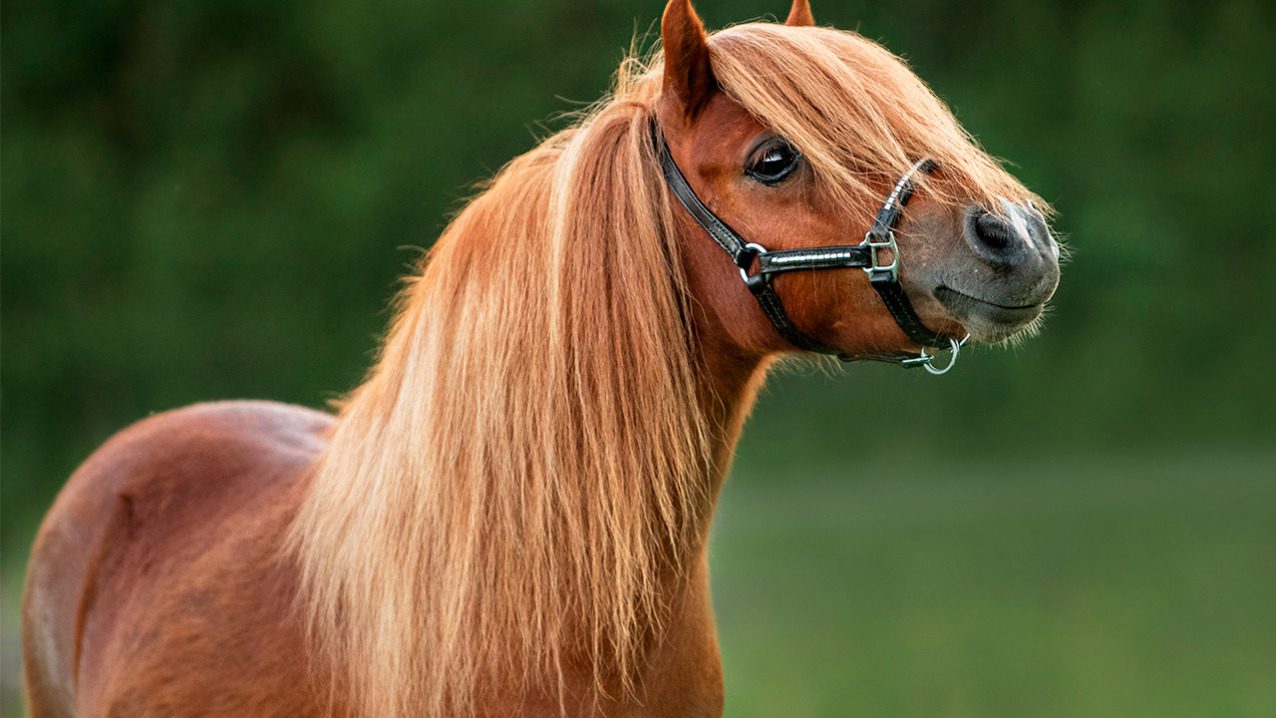Pony
About Me
The American Miniature is a “height” breed; they must measure no more than 34 inches in height at maturity. This measurement is the vertical distance from the last hairs at the base of the mane to the ground. These tiny equine are replicas of their larger breed cousins and will look like Quarter Horse, Arabs, Thoroughbreds, and Draft Horses.
The American Miniature is a “height” breed; they must measure no more than 34 inches in height at maturity. This measurement is the vertical distance from the last hairs at the base of the mane to the ground. These tiny equine are replicas of their larger breed cousins and will look like Quarter Horse, Arabs, Thoroughbreds, and Draft Horses.
The American Miniature Horse Association’s Standard of Perfection calls for a small, sound, well-balanced horse, possessing correct conformation characteristics. These horses are not dwarves, runts, or “genetic” errors, but are produced by selectively breeding down in size yet maintaining as near-perfect conformation as possible.
The American Miniature Horse extracted from many sources in the creation of the breed. Undeniably, it utilized the blood of the English and Dutch horses that were brought to this country in the 19th century and were used in some Appalachian coal mines as late as 1950. It also drew upon the blood of the Shetland pony, several of which appeal in the pedigrees of some miniatures today. In the past decade, several breeders have imported miniature horses from England, Holland, Belgium, and West Germany while others have selectively bred miniatures from the larger breed of horses.
Some miniature horse breeds such as the Falabella horses of Argentina were developed in a totally separate environment from the tiny European miniature horses of the 18th century, and independent breeding programs have been established on every continent. In the United States in the 1960s, these horses were called midget ponies, while in South America they were known as Falabella horses. In the 1970s a movement arose to change the name of tiny horses to miniature horses, and many registries were established with standard sizes ranging from 28 inches to 38 inches.
Grasses and grains are the natural food of the miniature horse. Mini horses can survive on lush grass and make excellent lawn mowers, and hay is a suitable substitute when grass is not available. A small quantity of crimped oats completes the daily nutritional regimen. In addition, miniature horses should have access to daily source of free choice salt and trace minerals. Because the miniature horse evolved on the barren Shetland Islands, most miniature horses are “easy keepers” and metabolize food extremely efficiently. Miniature horses should NEVER eat people food, and some miniature horses need low-feed muzzles to keep them from getting obese.
Vet care for a horse is comparable to that of a dog. Yearly immunizations are required, and bi-monthly de-worming is required to keep the miniature horse healthy and protected from disease. Miniature horses shed twice a year, once in the spring as they lose their winter coats, and again in the fall as their winter coats grows in. They love to be brushed. (Hoku gets brushed daily by his keepers.) Miniature horses can be bathed occasionally, but bathing too frequently will dry out their skin.
Other Mammals
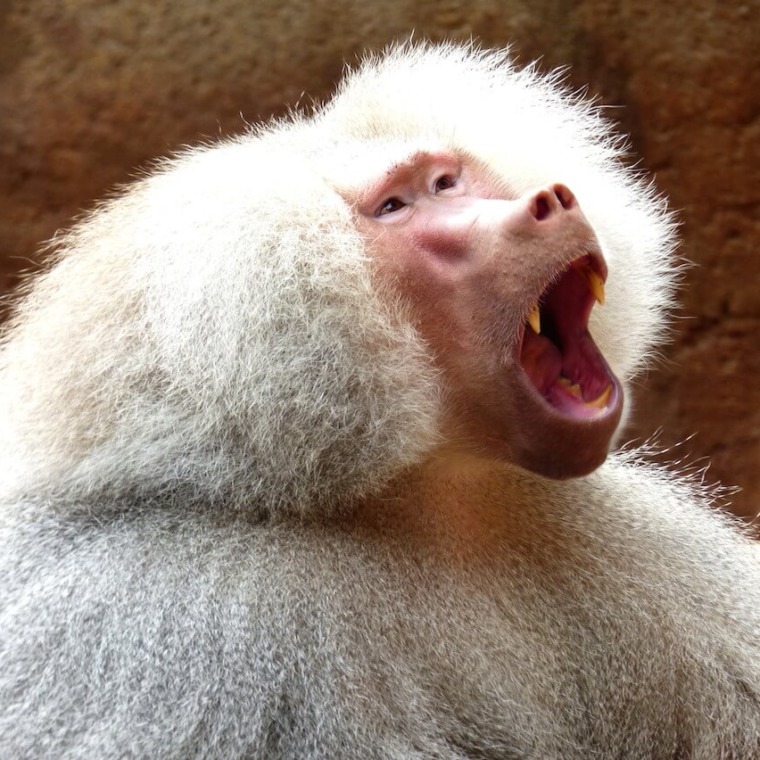
Sacred Baboons are common throughout northeastern Africa, but are extinct in the Nile region and Egypt, where they originally received their name and were worshiped by the ancient Egyptians.
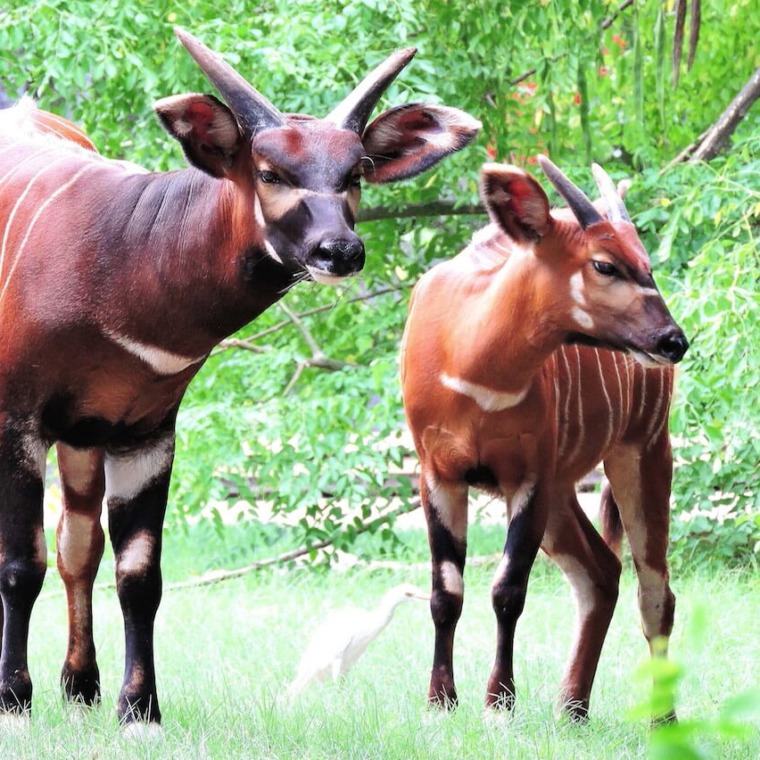
Bongo are most active at dawn and dusk, and often forage near the edges of wooded areas. They normally shy in the wild and flee into the forest for cover at the slightest provocation.
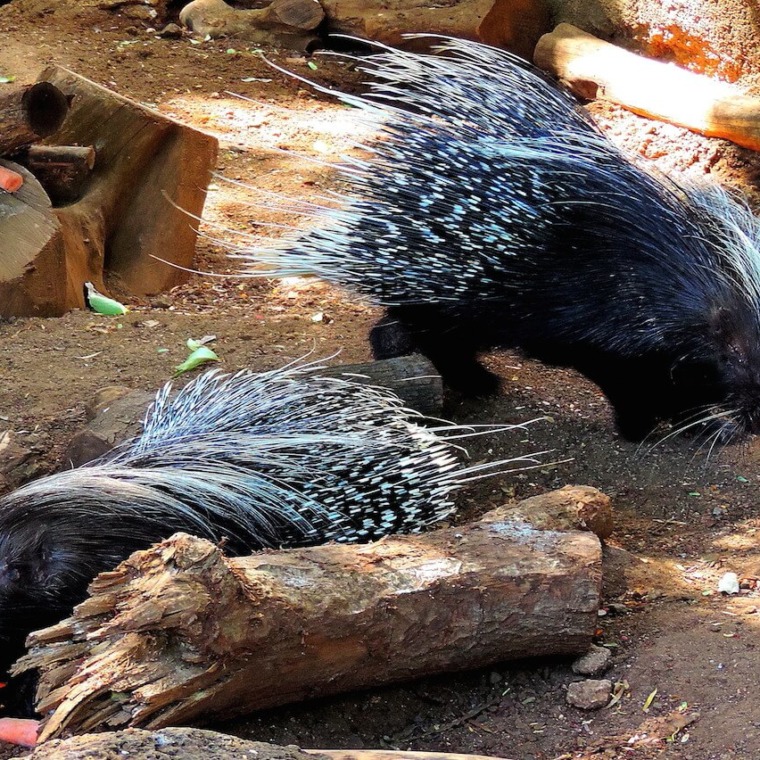
The North African crested porcupine is nocturnal. They are very adaptable and can be found in forests, on plantations, in rocky or mountainous areas as well as in deserts.
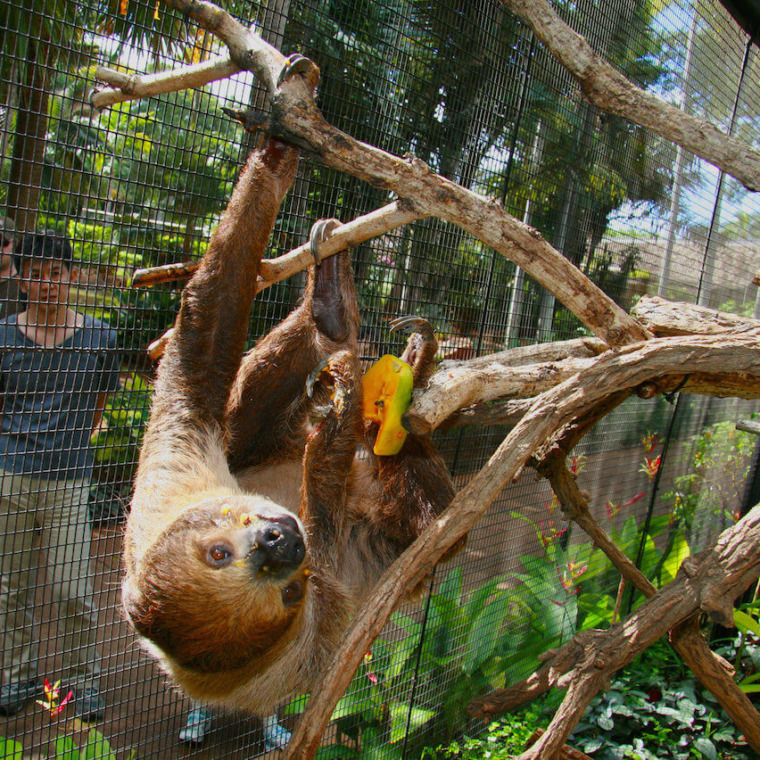
Sloths are found in Central and South America in the rain forest canopy. The Linne’s two-toed sloth is found in such countries as Nicaragua, Columbia, Venezuela, Surinam, Guyana, French Guiana, North Central Brazil, and Northern Peru.
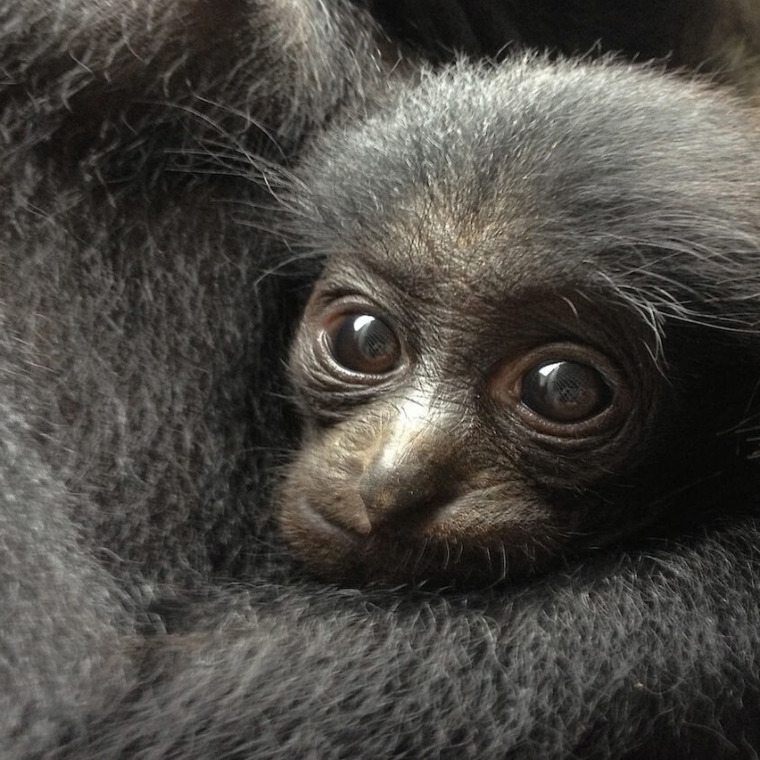
Siamangs range through southeastern Asia and are found in some numbers in the Malay Peninsula and Sumatra.


